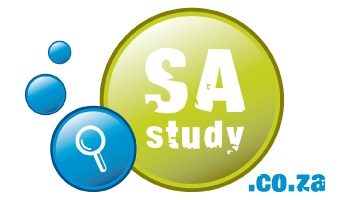Public sector universities and FET colleges will never be able to meet the massive demand for spaces, but prospective students should not despair as there are other quality options available.
Dr Felicity Coughlan, director of the Independent Institute of Education, says even with the significant increase in the numbers of post-school opportunities made available by the public sector, many students will not gain access to their institution of first choice, as demand far outstrips supply.
According to recent reports, the University of Pretoria fielded 40 000 applications for 13 000 available places, and the picture is similar at all the other public universities. Not only is there fierce competition for places for students who apply on time, but most institutions do not accept late applications.
This means that, for students who do better or worse than they expected to, there is very little room to move in the public sector institutions at this stage.
Coughlan says prospective students are often not aware of the additional choices available to them beyond approaching a public university, but adds that it’s important to ensure enrolment at an accredited institution whose qualifications are recognised and respected.
“In a statement released by the Minister of Higher Education and Training before the matric results were released, the existence of higher education opportunities in the private higher education sector was acknowledged.
“The department, however, cautioned students to check the status of the institution prior to enrolling or paying any money,” she says.
“This sound advice should be extended to checking the status of the actual qualification for which students wish to register, as well as the quality of the campus and service offered. Accreditation of qualifications and registration of private institutions are not identical processes, and it is possible that a registered education institution’s programmes may not all be fully accredited or registered.”
Coughlan points out that this may not be a bad thing, as several institutions offer tuition services towards qualifying for enrolment with others, while others have registered further education programmes alongside their higher education offerings.
“A list of registered private higher education institutions is available on the website of the Department of Higher Education and Training, as well as the Saqa (the SA Qualifications Authority) website. All private institutions must display their registration certificate in their reception areas,” says Coughlan. “The best advice we can offer is that students ask the institution concerned for evidence of registration and accreditation which should be easy to provide.
“If an institution hesitates, a student should do additional legwork and investigate further before registering.”
Coughlan suggests you visit the campus. “Speak to existing students to ensure that the institution meets your specific needs.
”Private institutions are subject to all the same quality assurance requirements of public institutions and offer many of the same services and facilities. However they generally offer smaller campuses, smaller classes and qualifications that are more focused on the world of work,” she says.
Coughlan acknowledges that private institutions may sometimes be more expensive, but says that students’ financial circumstances are taken into consideration and accommodated.
“There are many options still available to students and a careful investigation of private provider opportunities may well bring to light exciting opportunities not previously considered.”
Article by IOL
